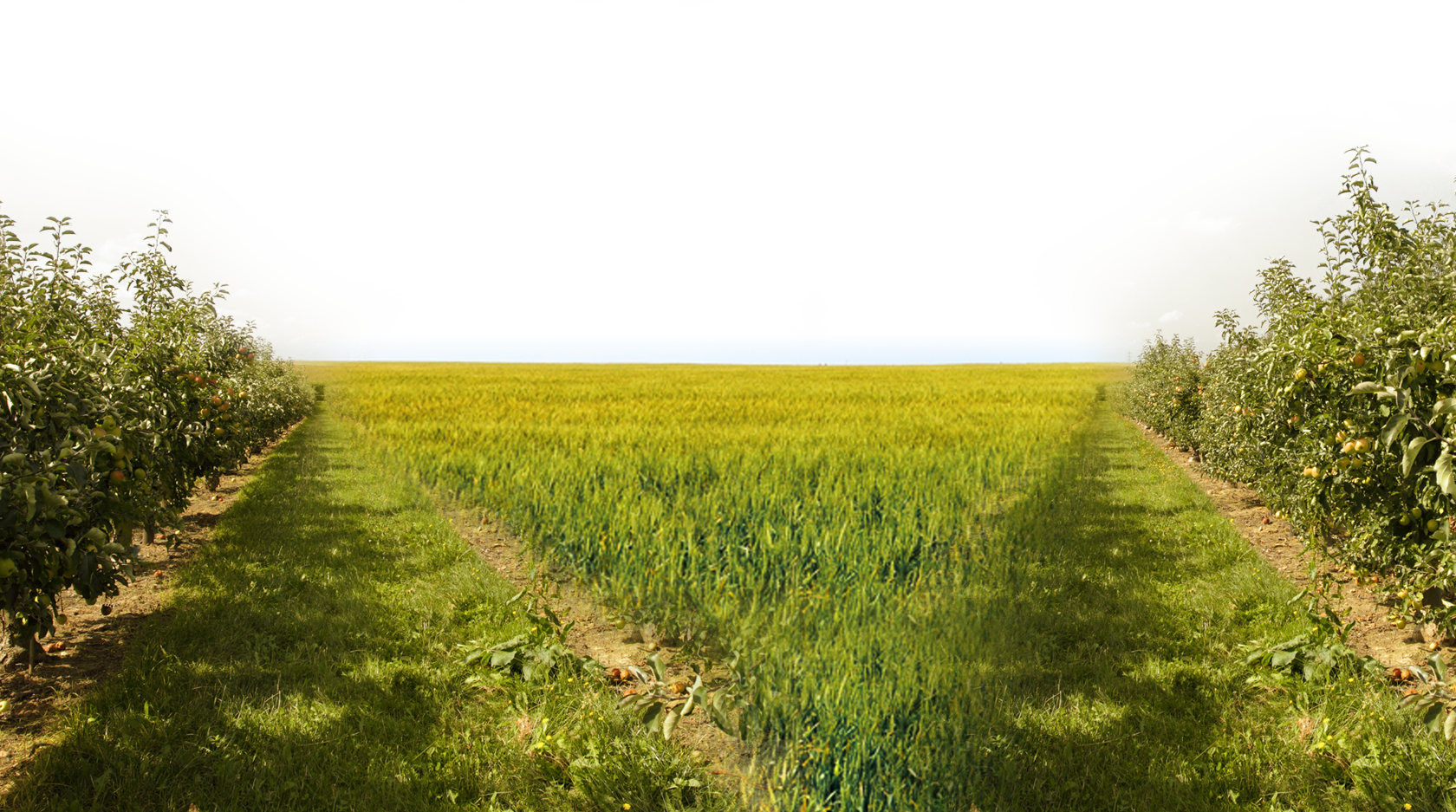
When It Comes To Wine–Screw The Cork, Choose The Cap
By Sebrina Zerkus Smith | 0 Comments | Posted 08/01/2014
If you’ve bought a bottle of wine lately, you’ve probably noticed that more than a few wineries have replaced natural cork with a screw-top. Wineries are embracing the screw-on cap for economic reasons. Consumers give the trend mixed reviews, citing environmental impact, taste, price, and surprisingly, snobbery. Would you drink wine from a screw-top bottle?
Screwing Around
Screw caps on wine bottles are not a new idea. Screw caps were originally developed in the 1970s for use with inexpensive wines like Annie Green Springs and Boone’s Farm. But the idea failed to take off in the upscale wine producing community. Consequently, the screw cap became associated with lower-end wines known for a quick buzz rather than long legs.
But the screw-top seal has been successfully updated for today’s market, and upscale wineries have embraced it. Screw-top wine sales have doubled in the past five years, predominantly in New Zealand and Australia, but French wine growers, in areas of Bordeaux, Alsace and Bourgogne, are taking a look at screw-top wine closures as well.
Aging Gracefully
The main argument in the cork vs screw-top debate is over the issue of aging. Cork allows the wine to breathe, aluminum screw-tops do not. And because no one is certain how screw caps will react after long periods of aging, screw caps could be a costly mistake for collectors. There have been a few incubation experiments, but the results were mixed. So, at least for now, cork is still the preferred method for wine collectors.
Put A Cork In It
Cork is a natural, renewable resource, and is viewed as the preferred method for sealing wine bottles, both from an environmental and traditional perspective. But cork is also a scarce commodity.
There are only about 300,000 cork oak trees in the world, and all cork comes from these trees. And although cork has been harvested in about the same way, by roughly the same families for the last 3,000 years, increased wine production has put a strain on a once sufficient resource. This has lead to an increase of cork taint, and put a further strain on an already dwindling supply.
Why Give Up The Cork
The major reason for the shift from cork to metal screw-tops is the high amount of wine that is being contaminated by TCA or cork taint. Cork taint leaves an unpleasant odor and a musty taste behind. It won’t make you sick, but it will make you reconsider the mouth full of yuk you just swallowed.
According to the Wine Institute this unpleasant phenomenon spoils an estimated 1 in 10 bottles produced. And the cork industry has been very slow to respond to winemakers’ demands for quality checks in cork production. From a consumer stand point, screw-tops are becoming a viable alternative to the costly risk associated with bad cork. For instance, Switzerland already bottles more than 15 million wines with screw-tops annually, along with New Zealand and Australia where the screw-top is almost exclusively used. This year, the United States will bottle an estimated ten million wines with screw-tops.
But there is another consideration in the cork vs. screw-top debate according to VintageCellars.com. Winemakers themselves are embracing the change over to the screw-top method because they are, in fact, a money-saving device for wineries outside of the cork controversy. Wineries spend an estimated $4 billion per year on capping wines.
The Snob Factor
Screw caps may indeed be a more reliable way to seal wine, eliminating the chance of cork taint. But many argue that screw-tops conflict with tradition and atmosphere. And atmosphere is everything with wine.
Look, wine is an organic, breathing substance. It naturally changes over time. It’s influenced by its environment and the skill of those who handle it. So which method of wine capping is more acceptable? That may well depend on your perspective. And your prejudices.


 Contact us
Contact us



























